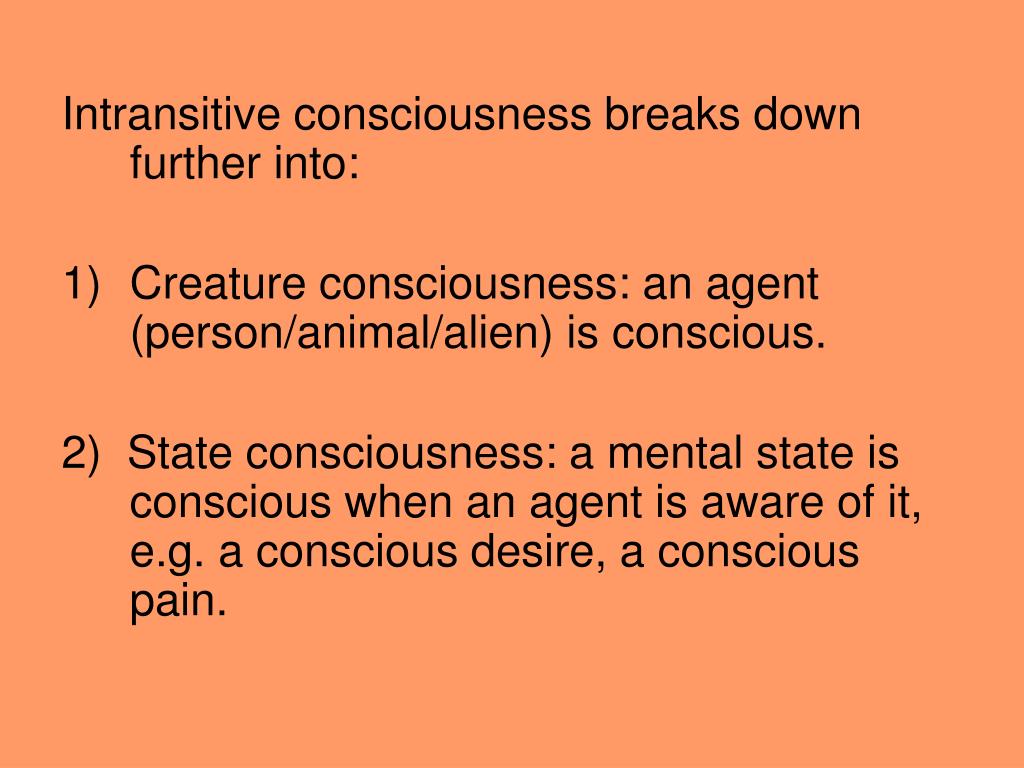

We know that in our visual system the retinal signal is sent to the primary visual cortex (V1) via the lateral geniculate nucleus (LGN) in the thalamus outputs from V1 are fed forward to a range of extrastriate areas (V4/V8, MT). The process of pain perception is as well-understood as any other perceptual process. "How can we then explain that allegedly intelligent people would question that animals feel pain? I’m afraid here most of the blame should go to my very own discipline, philosophy." The difference is that while the 500 attendees in North Carolina included a man who measured the curvature of the Earth with a ruler from an airplane window and another one who is now preparing to gather evidence for the flatness of the Earth from his homemade rocket, the 313 people who voted in the Parliament were Tory MPs, presumably many of them with university degrees (and without doubt most of them with very expensive public-school education).

It is really the Flat Earth gathering that is the only apt comparison that comes to mind. What matters is that 313 members of the British Parliament thought it was better not to have any traces of the claim that animals are sentient beings in the UK legal code.

Does it matter that environment secretary Michael Gove was trying to backpedal on this decision a couple of days later? Again, not really. It was voted down 313 to 295.ĭoes it matter that there was no actual discussion in Parliament whether animals feel pain? Not really. Green MP Caroline Lucas proposed an amendment that would rectify this. If the UK is no longer part of the EU, there will be no legal recognition of animals as sentient beings. In 2009 all countries of the EU signed the Lisbon treaty, which recognized that animals are sentient beings: they feel pain and have emotions. This decision has been often misreported for clickbait purposes, so the facts first. The clear winner is the recent decision by Tory MPs in the UK to remove any reference to animal sentience from the EU Withdrawal Bill. In the noble competition for collective stupidity, it only took the silver medal. Shocking as all this may sound, this gathering was not stupidest collective act that occurred this month. Attendees agreed that the Earth is shaped like a Frisbee, with the North Pole as its centre and Antarctica running around the edge. This volume takes the first step toward building the necessary local bridges.On November 9, 2017, more than 500 people gathered at the Flat Earth International Conference in Cody, North Carolina. A long-term goal is the development of a unified understanding of consciousness, scientific as well as philosophical perspectives.

It brings together a group of cognitive and neuroscientists to share relevant recent research in the fields of cognitive science and neuroscience and to determine whether any new strategies for the scientific pursuit of this question can be developed. The intent is to explore the extent to which consciousness can be the target of direct scientific inquiry, to get on the table some of the relevant work, and consider the degree to which this research can help inform our understanding of consciousness. This volume tries to resolve the difficulties associated with the scientific investigation of consciousness. Recent developments in both the empirical and theoretical methodologies of these fields have made it possible to begin to study the phenomenon associated with – if not directly underlying – consciousness in a scientific fashion. What distinguishes the cognitive psychological and cognitive neuroscience approach to the question of consciousness from that of philosophy and metaphysics is scientific methodology: a set of tools that permit the empirical study of a phenomenon in an objective and reproducible way. Thus, studies of implicit memory, subliminal processing, strategic versus automatic processing, allocation of attention, and differences between information processes in the awake versus dreaming state all share a common assumption of a particular quality or state – awakeness, awareness, alertness, namely consciousness – that somehow can be distinguished from another type of state or states in which the subject is not aware of the information being processed. These have been inspired by a number of different different original questions, and focus on a variety of different empirical phenomena. During the early growth of cognitive science the problem of consciousness remained taboo, but an increasing number of studies have either implicitly or explicitly begun to bear on its nature. Questions about these ways have occupied philosophers and metaphysicians for centuries. There are many ways to approach the understanding of consciousness. Science and Sentience: Some questions regarding the scientific investigation of consciousness


 0 kommentar(er)
0 kommentar(er)
